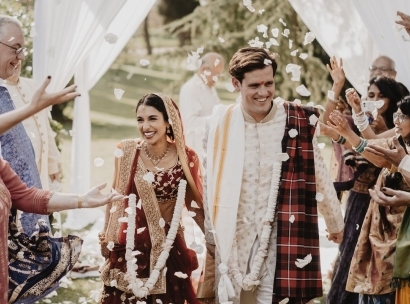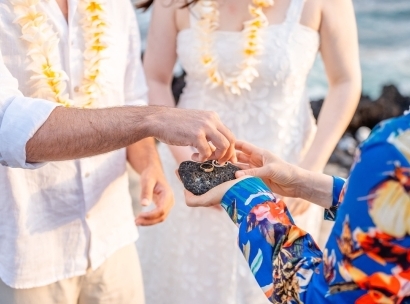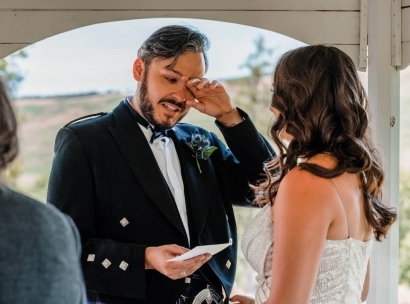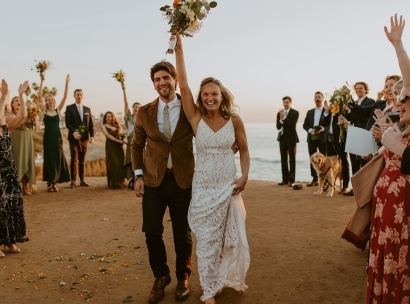Lighting is one of the most important aspects of photography. It has the power to create mood, depth, and drama in your photos. In this post, we will explore the power of lighting and techniques for creating dramatic photos.
- Understanding the Properties of Light
Light can be soft or harsh, warm or cool, and directional or diffused. Understanding these properties of light is essential for creating dramatic photos. Soft light, for example, is ideal for creating a gentle and romantic mood, while harsh light can create a sense of drama and tension. - Mastering Natural Light
Natural light is the most versatile and accessible light source for photography. Learn how to use natural light to your advantage by experimenting with different times of day, angles, and reflective surfaces. Backlighting, for example, can create a dramatic silhouette effect. - Using Artificial Light
Artificial lighting, such as strobes or speedlights, can be used to create dramatic and dynamic photos. Use a single light source to create dramatic shadows, or multiple light sources to create a more complex and layered effect. Experiment with different modifiers, such as softboxes and umbrellas, to control the intensity and direction of the light. - Adding Color to Your Photos
Color can add an extra layer of drama to your photos. Use gels to add color to your artificial lighting or play with the natural colors in the environment to create a mood. For example, a warm sunset can create a sense of warmth and comfort, while a cool blue tone can create a feeling of calmness. - Creating Contrast
Contrast is essential for creating dramatic photos. Use the contrast between light and shadow to create depth and dimension in your photos. Play with the balance of light and dark areas in your photos to create a sense of drama and tension.
In conclusion, lighting is a powerful tool in photography. By understanding the properties of light, mastering natural and artificial light, adding color to your photos, and creating contrast, you can create dramatic and captivating images that tell a story. Remember, practice makes perfect, so don't be afraid to experiment and explore different lighting techniques to find what works best for you.
















